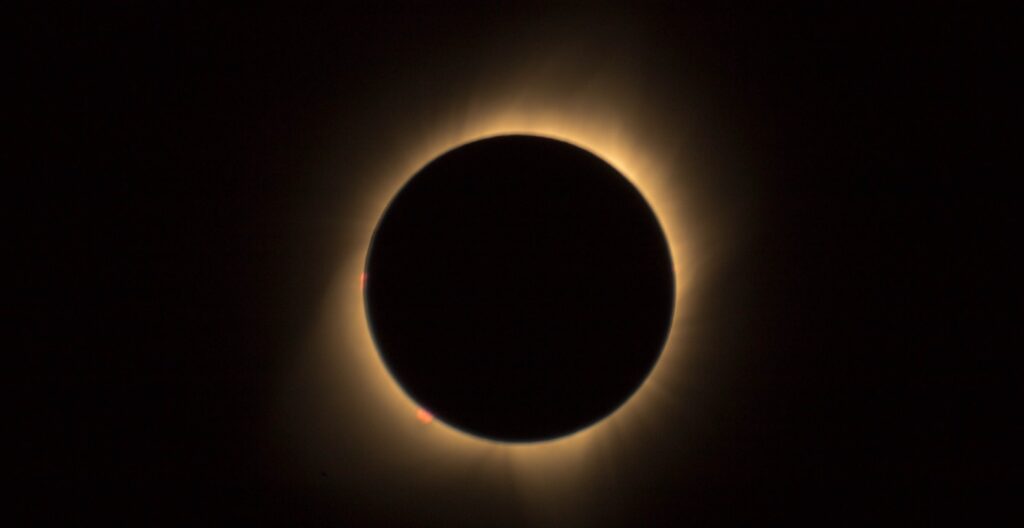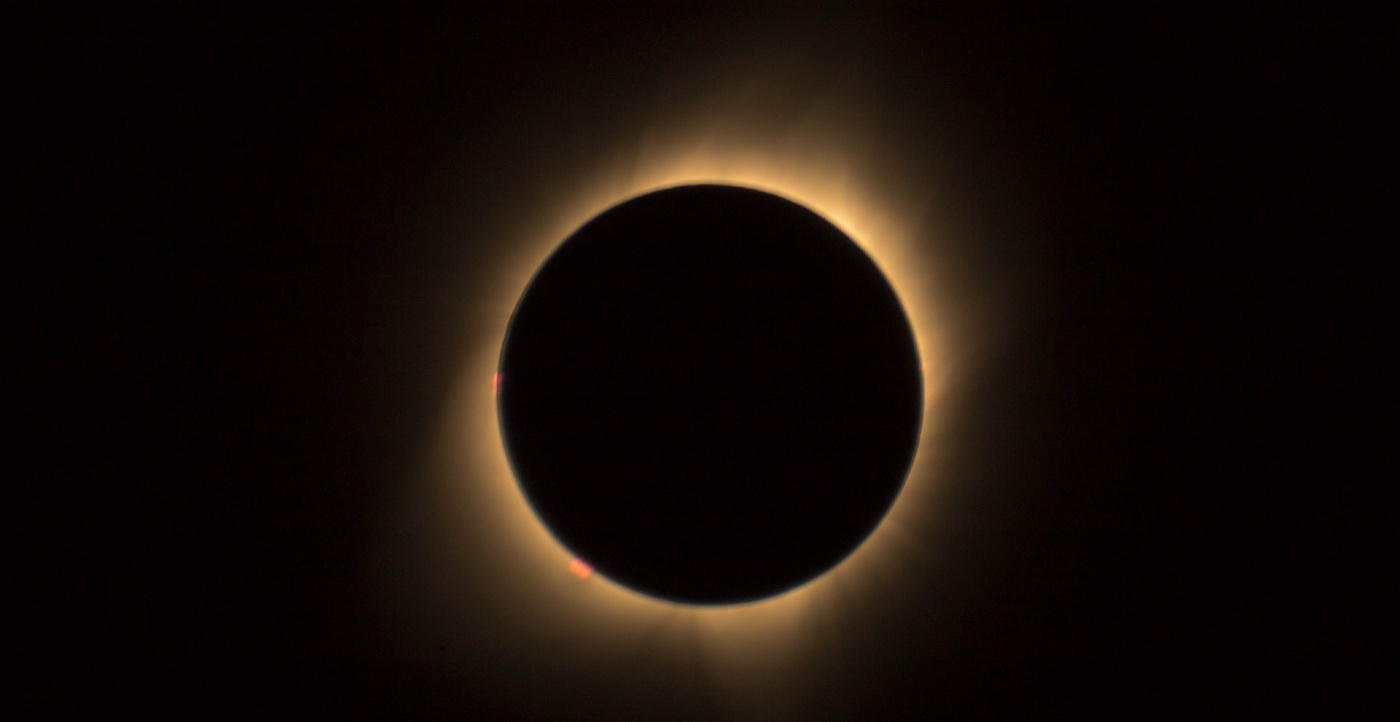
The 2023 solar eclipse is passing over the United States this year, giving millions of Americans in the northwest a chance to glimpse a “ring of fire.”
That’s the phrase for a kind of eclipse known as an annular eclipse, where the moon passes in front of the sun but leaves space for a small ring of light to be seen.
The annular solar eclipse will occur on October 14th, 2023 from 15:03 UTC to 20:55 UTC. The maximum of the eclipse will occur at 17:59 UTC. The so-called “path of totality” where Earthlings will be able to see the eclipse straight on, will pass through South and Central America, before moving westward up through Texas, Nevada, California, and Oregon, though the eclipse can still be seen in the thousands of miles east and west of that line.
In fact, all of the continental United States will have at least some visibility of the eclipse. Unfortunately for Europeans, this eclipse will be beyond them all.
While the sky might dim, and the temperature drop, the only way to actually see the difference in the light of the sun during an eclipse is by wearing 3D glasses from a movie theater, but many companies also sell cheap plastic eclipse glasses that are necessary to protect your eyes from the UV radiation which can still damage them when looking straight into an eclipsed sun.
In other stargazing news, October’s full moon is going to be a Hunter’s Moon this year. If it occurs before the Autumn equinox on the 24th, it’s known as a Harvest Moon—giving light to ancient peoples in order to harvest their crops. If it occurs after the equinox, it’s known as a Hunter’s Moon—giving light to the hunter during his pursuit, since the crops are all harvested.
As Valerie from Space Tourism Guide explains, the October calendar is also crammed with opportunities to spot shooting stars.
This is because several meteor showers will reach their peak during the month, starting with the Cameleopardalids on October 5th featuring roughly 5 meteors per hour, and proceeding to the Draconids on October 9th, a shower which can produce anywhere from 2 to 600 per hour, the Southern Taurids on October 10th, the ε-Geminids on October 18th with about 3 per hour, the Orionids on October 21st with about 21 per hour, and ending with the Leonus Minorids on October 24th.
Check out Valerie’s guide to learn all the deets about when and where to look for these celestial phenomena.
SHARE October’s Night Sky With Your Friends Who Like To Gaze Up…




















